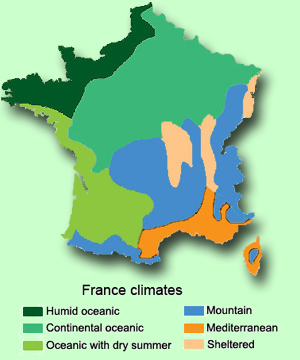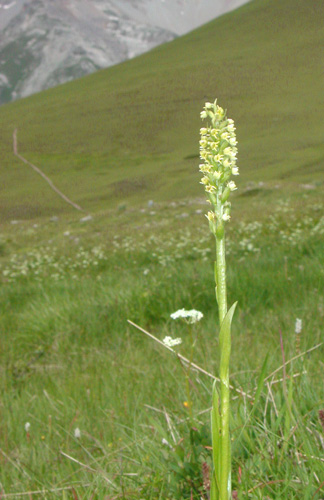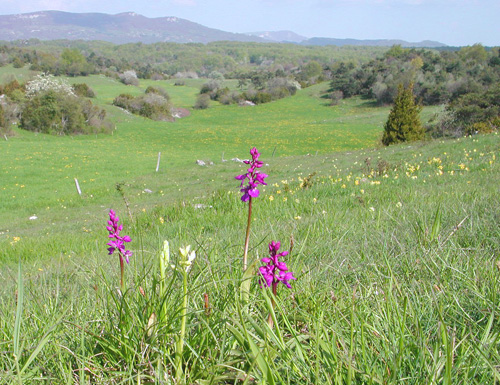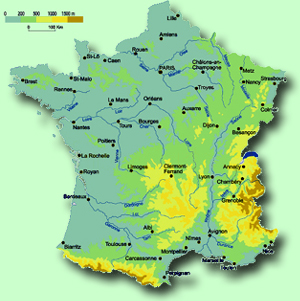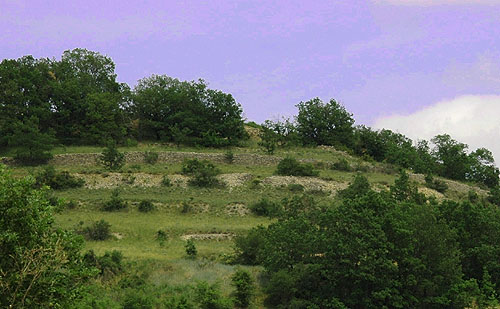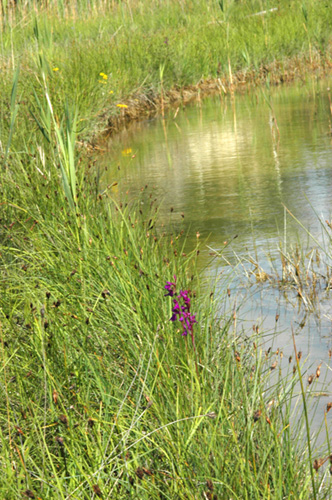To find flowering orchids, it is first necessary to choose the season of observation, April to June is the most favourable period, however, the period of flowering can be different according to latitude and altitude. Then the nature of the ground should be studied, if it is calcareous, open and located rather at the south, and then the probability of finding orchids is particularly high! Indeed most of the orchids like limestone and sun. In a wet mountain meadow, the chance to discover a high number of species is rather strong particularly Dactylorhiza.
Road edges also are an excellent field of observation. The sides are often well maintained and sometimes enriched with chalk brought during the road construction. While walking along the roads, a considerable number of Orchids species can be seen without difficulty: Ophrys, Cephalanthera, Serapias, etc.. Forests are poor in orchids, however wood edges offer much better occasions particularly for Epipactis or Platanthera.
Generally, finding orchids needs to explore the less trampled places, preferably upstream of the cultivated fields, where fertilizer concentration is minimal.
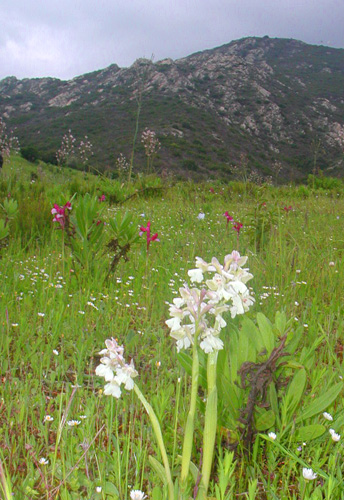
Littoral meadow in Corsica with
Anacamptis morio and papilionacea
